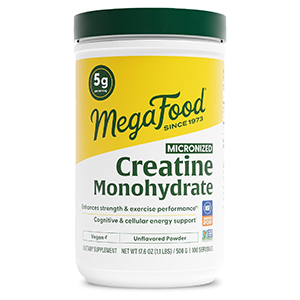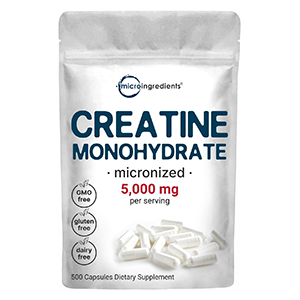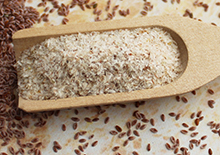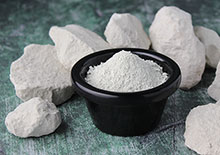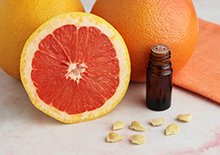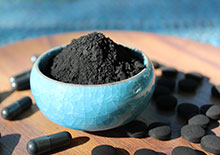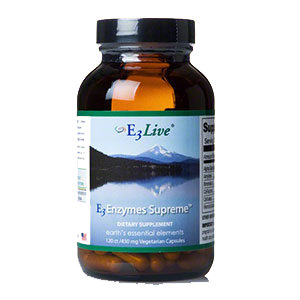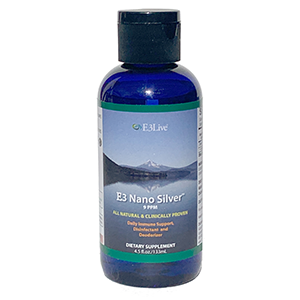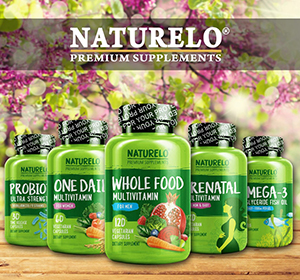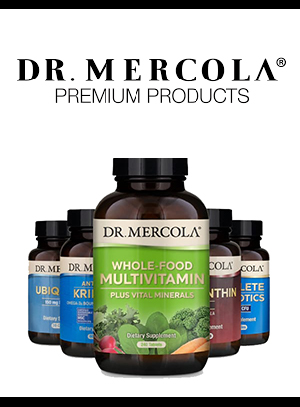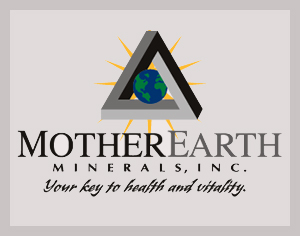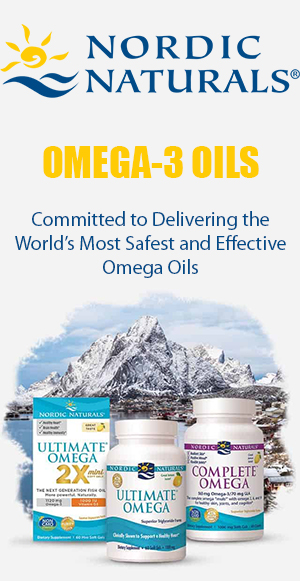- Home
- Super Supplements
- What is Creatine Monohydrate?
What is Creatine Monohydrate? Commonly Asked Questions
What is Creatine? | Benefits | How it Works | Who Can Benefit Most? | Average Dose | Creatine Loading | Precautions | Shop
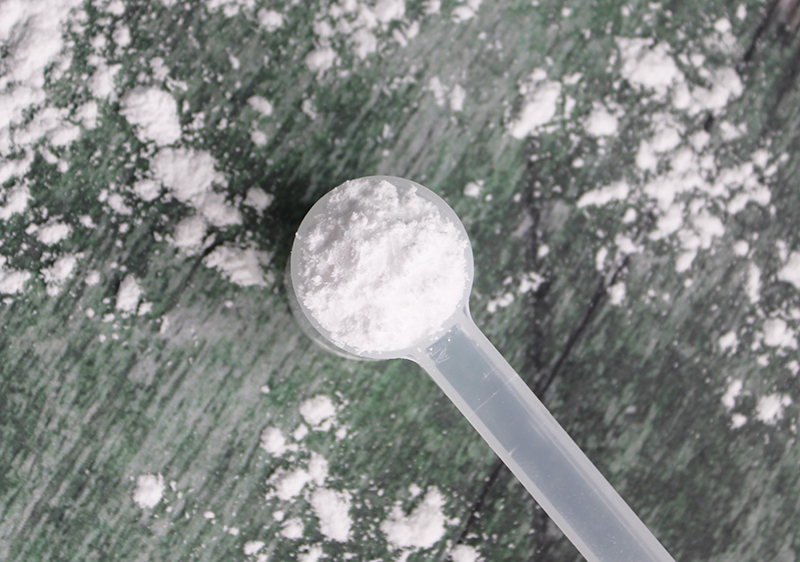
What is creatine? Creatine is a naturally occurring compound produced in the human body, mostly in the muscles and brain. It is a derivative of the amino acids glycine, arginine and methionine.
While dietary sources of these nutrients can help to increase body's creatine supply, creatine supplements can provide much higher levels, which is why they are so popular for certain health benefits.
Supplements are mostly in the form of powders, similar to protein powders than you can add to blended shakes and beverages. Creatine is a non-protein substance, however, and only requires a small scoop (usually 5 grams per serving) to actualize its benefits.
Table of Contents
What is Creatine? | Benefits | How it Works | Who Can Benefit Most? | Average Dose | Creatine Loading | Precautions | Shop
CREATINE MONOHYDRATE is the most common type used. It is basically a creatine molecule that's bonded with a single water molecule.
It is typically lab-produced from two constituents: sarcosine and cyanamide. These ingredients are heated under high pressure to form creatine crystals and then micronized into small particles that can be easily utilized. The end result forms a fine white powder.
Although it is synthetically created, it is considered chemically identical to the creatine synthesized by the liver, kidneys and pancreas.
Creatine is utilized as a nutritional strategy for giving certain cellular metabolisms a boost, especially for one particular purpose.
What are Creatine Benefits?
Creatine monohydrate was first introduced on a large scale as a supplement in the early 1990s when medal winning Olympic athletes began using for strength enhancement.
Today, it is a highly popular best-selling supplement in sports nutrition and is utilized extensively these days in the bodybuilding community.
There have been many science-backed benefits of creatine supplementation throughout the years, but the major one is definitely for building MUSCLE.
For this purpose, however, creatine is shown to work ONLY in combination with regular strength training or powerlifting protocols.
Since 90-95% of creatine is stored in muscle tissue, it is often called an "ergogenic aid" to describe these advantageous attributes. This means that when consumed as a dietary super supplement, it serves to improve one's anaerobic exercise capacity.
Aside from enhancing muscle growth, it may likewise support muscle fiber repair and recovery, especially in muscle groups with a larger percentage of type I muscle fibers.(*)
In randomized trials from 2012-2021, it has been identified to increase muscle strength, muscle mass and physical performance in healthy participants.

How Does Creatine Work for Muscle Growth?
Just to be clear, creatine is not a steroid; it is a natural compound.
Supplementation essentially works by increasing the energy supply to the muscular of the body by donating phosphate groups to ADP (adenosine diphosphate) that assists in ATP synthesis.
Specifically, by raising phosphocreatine (Pcr) stores in muscles, it promotes greater ATP production during increased demands like high-intensity short duration workouts such as weightlifting (also called "resistance training") when the muscles are pushing their limits.
ATP (adenosine triphosphate), often referred to as the body's energy currency, is the primary cellular energy carrier needed for various processes such as muscle contractions and neurotransmission.
Serving as fuel for our muscles, improved ATP enables them to perform well during strength-building workouts, which can lead to increased muscular growth over time.
Because creatine works on ATP recycling in mostly muscle and brain tissue, is also associated with improved mental focus and clarity, another one of the marketed benefits its known for.
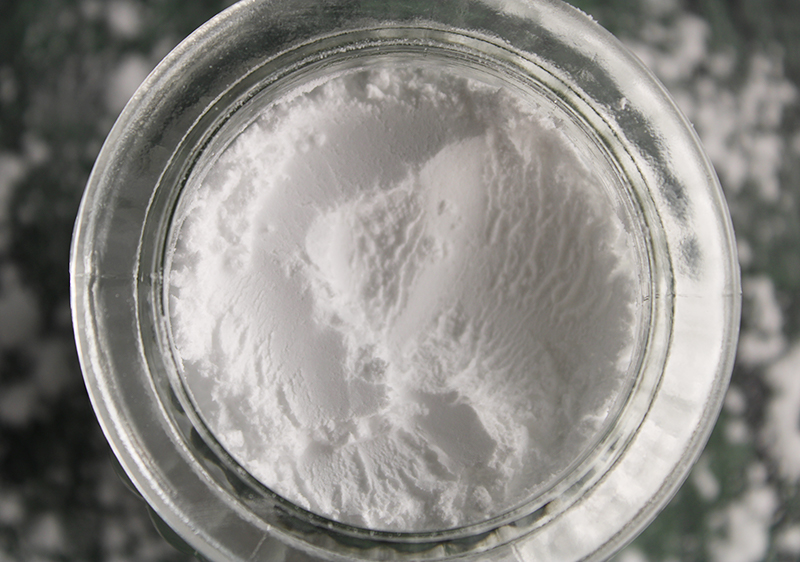
Who Can Benefit Most from Creatine Supplements?
Adults When Strength Training
Again, to achieve the best results when trying to build musculature, it is required to partake in a strength training regimen alongside creatine supplementation.
Therefore, both adult men and women of all ages with such objectives can benefit the most.
In carnivore diets, direct dietary creatine can be consumed in meat, poultry and seafood, which are basically the muscles of these sources.
But because of the amount required for muscle building purposes, you'd have to consume A LOT of these foods. For example, a 4-ounce portion of red meat contains only about 0.5 grams of creatine, whereas the mentioned serving size for a creatine powder is 5 grams.
Many find taking a concentrated creatine monohydrate supplement is way easier. Besides, you don't get the potential negative side-effect that overeating animal foods can cause.
Vegans or Vegetarians
Likewise, vegans and vegetarians who typically produce less creatine are obvious candidates for the benefits of creatine.
Although it’s good to check labels or contact manufacturers, most supplements are made from sarcosine and cyanamide (not to be confused with cyanide).
These are not derived from animals. Usually, sarcosine is sourced from glycine and cyanamide from rock bound calcium carbide.
We did in fact email several brands and both indicated in their response that they were made from these substances.
While legumes, nuts, seeds, whole grains and leafy greens do contain varying amounts of the three amino acids glycine, arginine and methionine, which can support creatine synthesis, the quantities are generally considered insufficient for major creatine production.
For this reason, vegans have been observed to be especially deficient in this nutrient.
Older Adults
Senior citizens, especially those who do some resistance training, have also been shown to benefit by increasing strength and muscle mass.
In addition, creatine helps to promote cognitive functions and general health as we get older.
Many people use a collagen peptide supplement in addition to creatine for fortifying the joints, which are often strained during power building workouts.
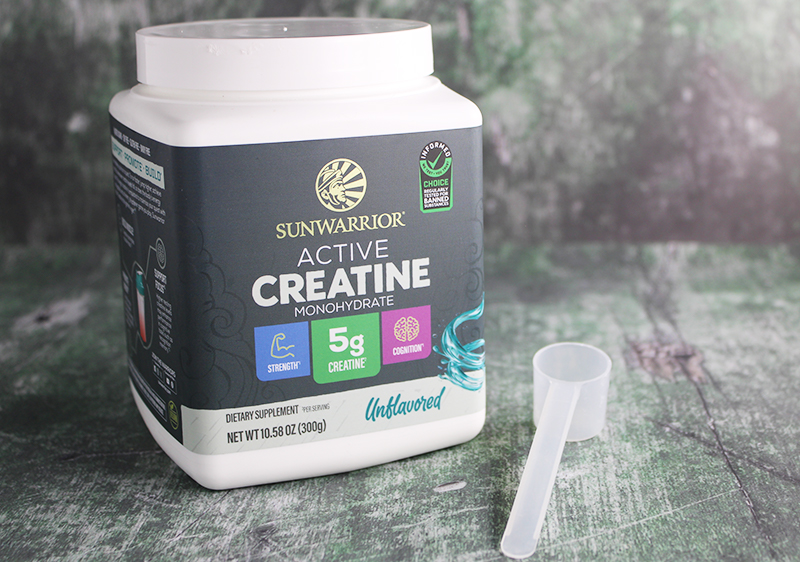
What is the Average Dose and Best Time to Take?
The average dose of creatine, when used along with a strength training protocol, is 5 grams a day.
Most creatine powders come with scoops to accurately measure this amount per serving.
The best time to take creatine for maximum nutritional benefits is either immediately after or before your workout routine.
The powder can be consumed directly mixed into water, blended into drinks or capsules are also available.
It is important to be consistent for at least 30 days to achieve improved muscle development.
While creatine supplementation works for many individuals, some may find fewer benefits due to potential side-effects such as fluid retention, nausea and indigestion.
What is the Creatine Loading Phase?
A creatine loading phase, also called creatine loading, is a strategy designed to saturate or "load" creatine stores in the skeletal muscle. This is achieved by consuming much higher serving amounts of creatine for a certain period of time.
The typical dose when creatine loading is 20 grams divided into 5 grams of creatine powder 4 times a day for 5-7 days in a row.
Creatine loading, however, isn't necessary to get the benefits of creatine, such as building muscle. It is just a preferred option used by people like bodybuilders to accelerate the process.
For example, it may be potentially ideal when prepping for a competition to achieve faster results.
In our opinion, it is best to take a more gradual approach to gaining muscle mass, taking an average 5 gram dose before or after resistance exercise like weight lifting for at least 30 days.
Precautions:
Excessive intake of a creatine monohydrate supplement, when "creatine loading" for example, may cause bloating, water retention, nausea and digestive upset. Consult your health care professional before using it if you are over 60, pregnant, nursing, have a serious health condition or are taking any medications.
Shop Related Products (About Affiliates & Amazon Associate Paid Links)
Affiliate Disclaimer: This section contains affiliate product links. If you make a purchase through our recommended links, we receive a small commission at no additional cost to you. Thanks for the support.


